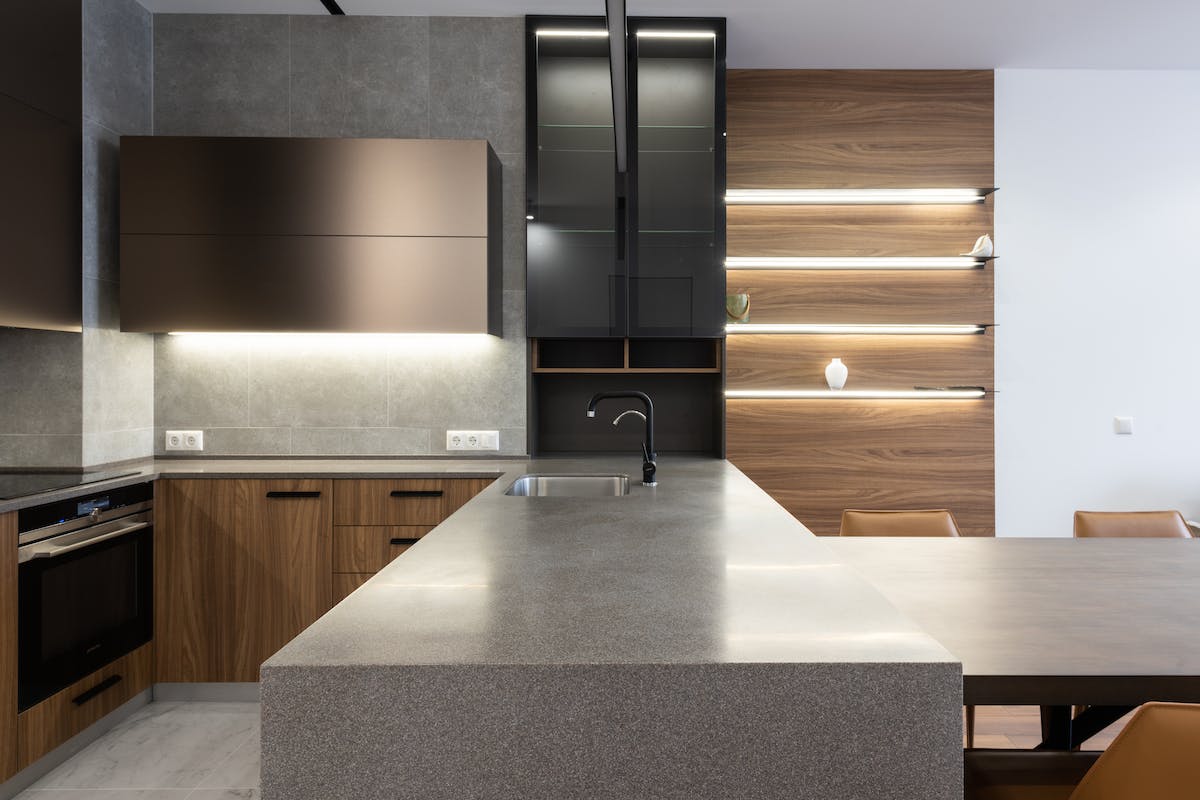 Sustainability starts at home, and there are many different practices that you can incorporate into your daily life to increase your eco-friendliness. As one of the most frequently used spaces in many homes, ensuring that your kitchen design is sustainable can go a long way to improving the overall sustainability of your home. In this post, we take a closer look at some of the key elements that go into sustainable kitchen design to give you some ideas when it comes to designing your own kitchen.
Sustainability starts at home, and there are many different practices that you can incorporate into your daily life to increase your eco-friendliness. As one of the most frequently used spaces in many homes, ensuring that your kitchen design is sustainable can go a long way to improving the overall sustainability of your home. In this post, we take a closer look at some of the key elements that go into sustainable kitchen design to give you some ideas when it comes to designing your own kitchen.
Key Elements of Sustainable Kitchen Design
If you are looking to enhance the sustainability of your kitchen, there are several elements that are essential to achieving your goals. These include:
Energy-Efficient Lighting and Appliances
The things that consume the most energy in a kitchen are, more often than not, the appliances. Appliances such as ovens and fridges that are switched on all the time can contribute significantly to your household’s energy consumption. As such, by choosing energy-efficient appliance options, you can reduce your household’s energy consumption and reduce your electric bills at the same time, killing two birds with one stone.
At the same time, you can also opt for more energy-saving lighting options. Instead of traditional light bulbs, you can opt for LED lights instead as these use less energy and are more sustainable for the environment as a result. You can also consider installing motion-sensing systems for your lighting so that you don’t accidentally leave lights on when you aren’t in a room.
Using Sustainable Materials
When it comes to choosing the materials you want to use for your kitchen, opt for sustainable materials such as bamboo or reclaimed wood. These materials often have a lower carbon output in their production as compared to commercially produced materials such as plastics and metal. Additionally, cabinets and flooring made from sustainable materials can often also give your kitchen a unique aesthetic appeal, helping it make an impression on any guests you might have.
Water-Saving Fixtures and Systems
Another crucial aspect of sustainability is water conservation. Thus, to truly achieve sustainable kitchen design, it is essential for you to install water-saving fixtures and systems in your kitchen. For example, you can opt for water-conserving dishwashers and refrigerators that do not consume as much water in their regular operation. You can also install greywater systems to help you recycle water from your sinks and appliances, which can then be used for other purposes, such as watering plants. This can help you to reduce your monthly water bills as well.
Sustainable House Design with Australian Heritage Homes
Australian Heritage Homes is the market leader in sustainable house design, and we have served the community in Melbourne and surrounding areas for three generations. Our team of experts are well-versed in the intricacies of sustainable design, and we can help you improve the eco-friendliness of not just your kitchen but your entire home as well. Contact us today for a free consultation!